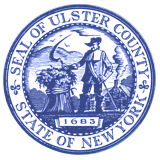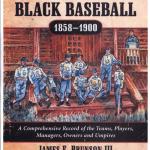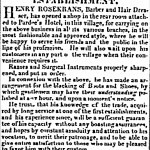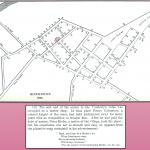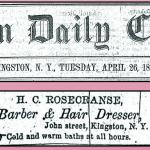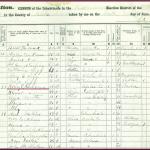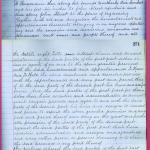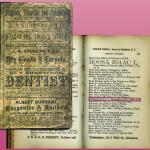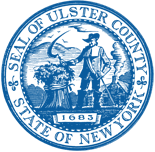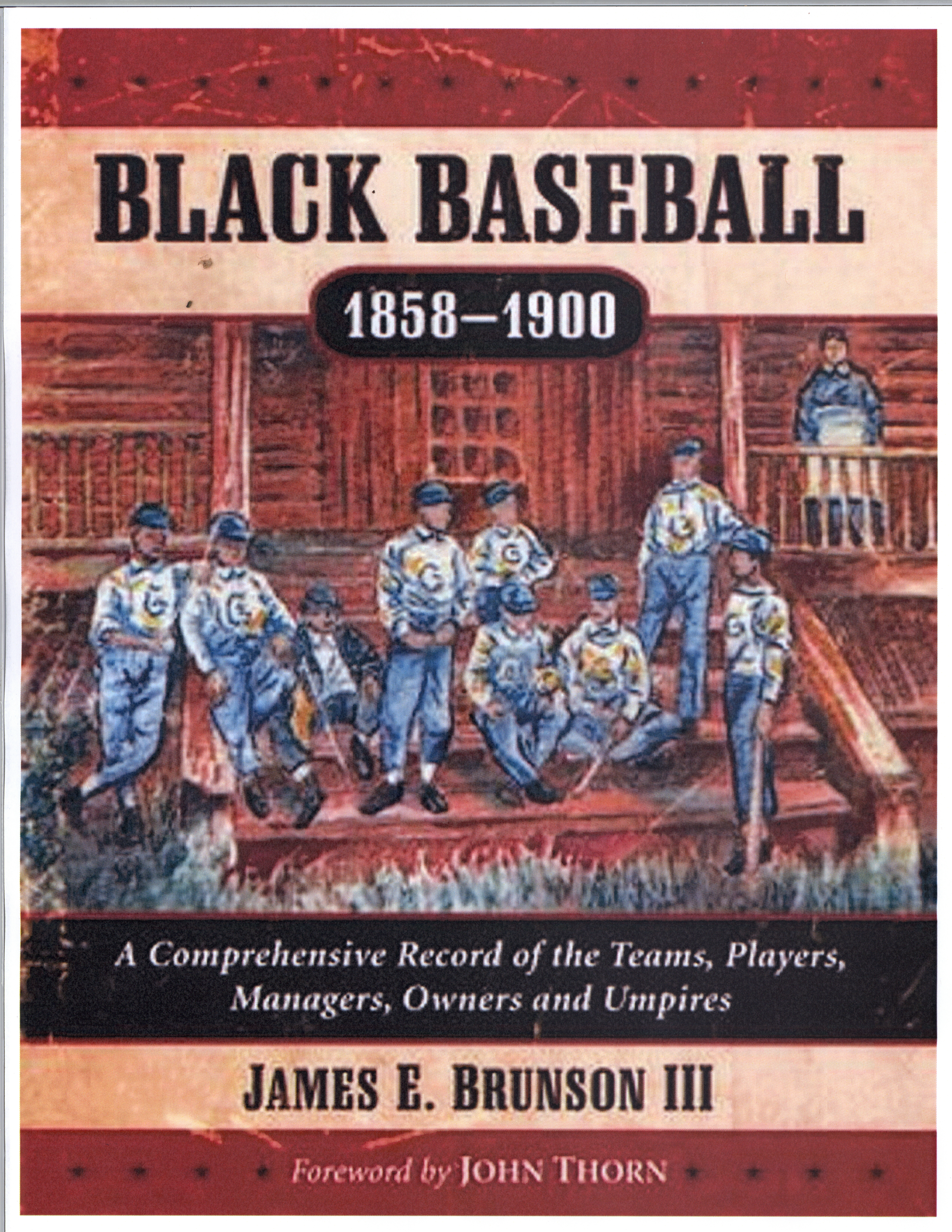
This book titled, Black Baseball, 1858-1900 includes an article titled "Tonsorial Artist as Baseballist: Henry Rosecranse Columbus, Jr." A tonsorial artist is a fancy term for barber.
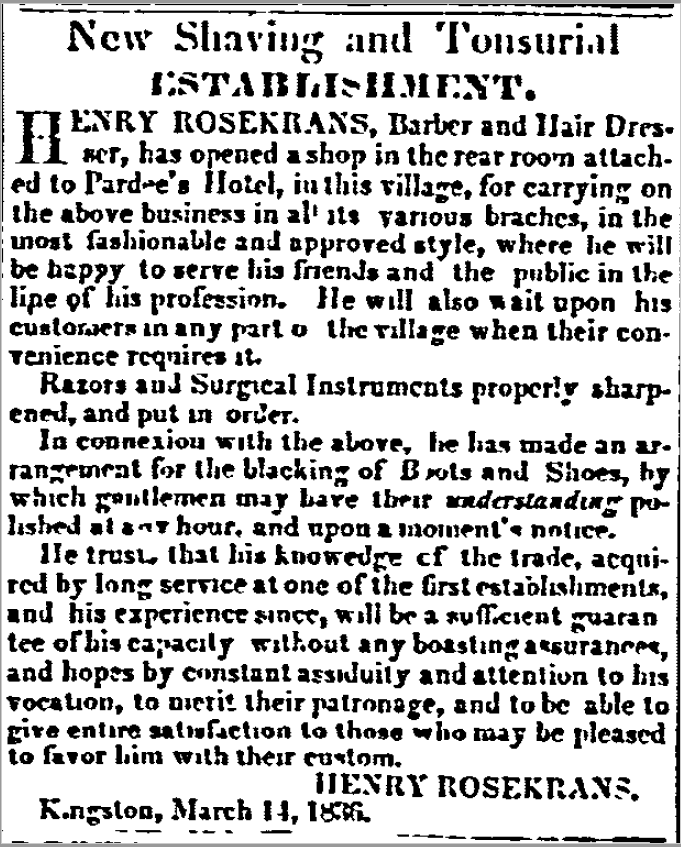
This ad from the Ulster Republican, shows Henry opening his business in the back of Pardee’s Hotel which was on Crown Street. This was Henry’s first venture into his own business which he would continue for nearly 50 years.
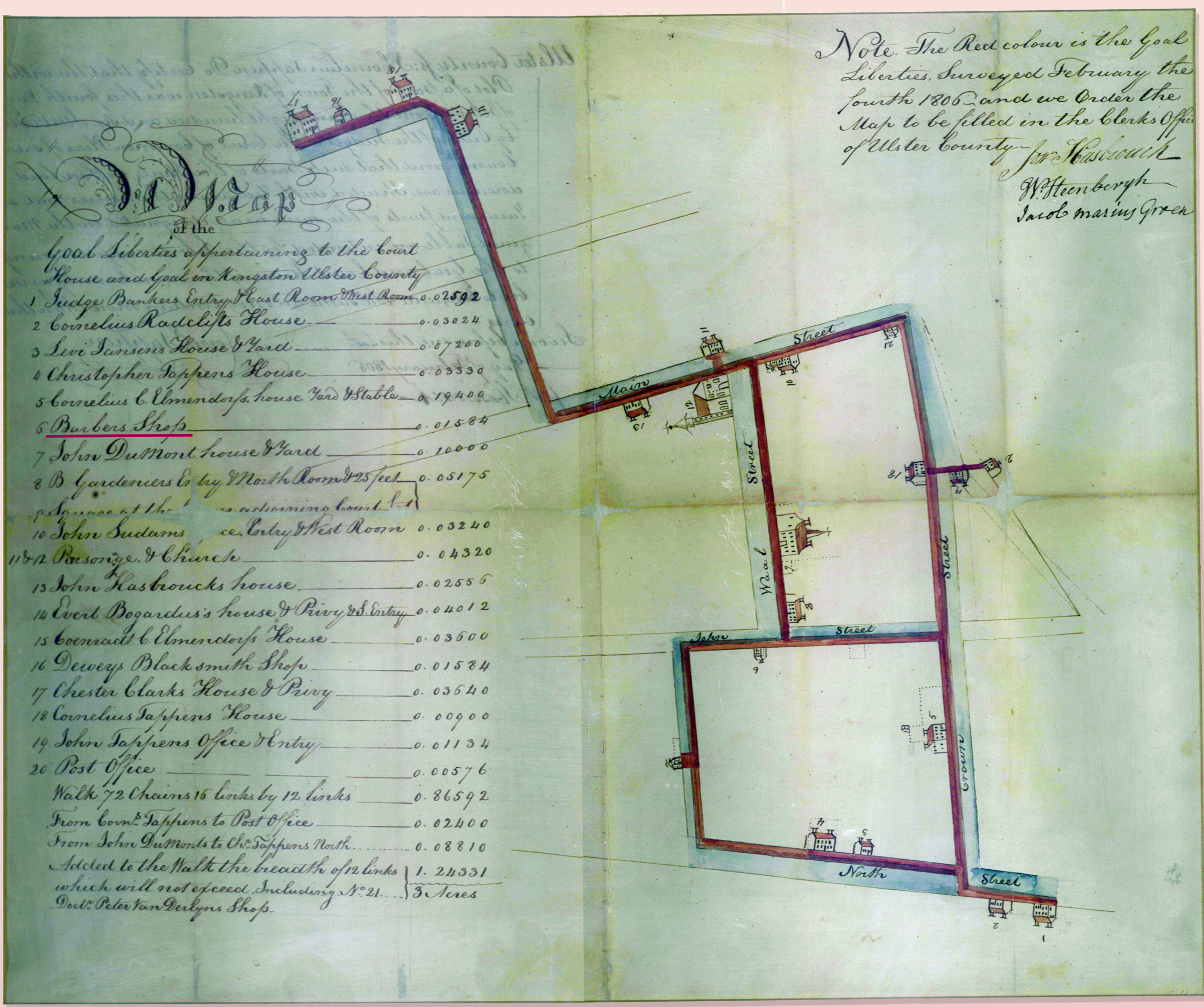
Henry Rosecranse Jr.'s uncle ran a barber shop as well, and was likely one of the first Black barbers in Kingston. This Jail Limits map from 1806 highlights the area where those who were out on bail could roam in the village as they were awaiting trial. Building #9 is labeled the Barber Shop, which was run by Henry Columbus (the uncle of Henry Rosecranse Jr.). Most of the buildings are long gone but a few still stand including Cornelius Tappen’s house on Crown Street.
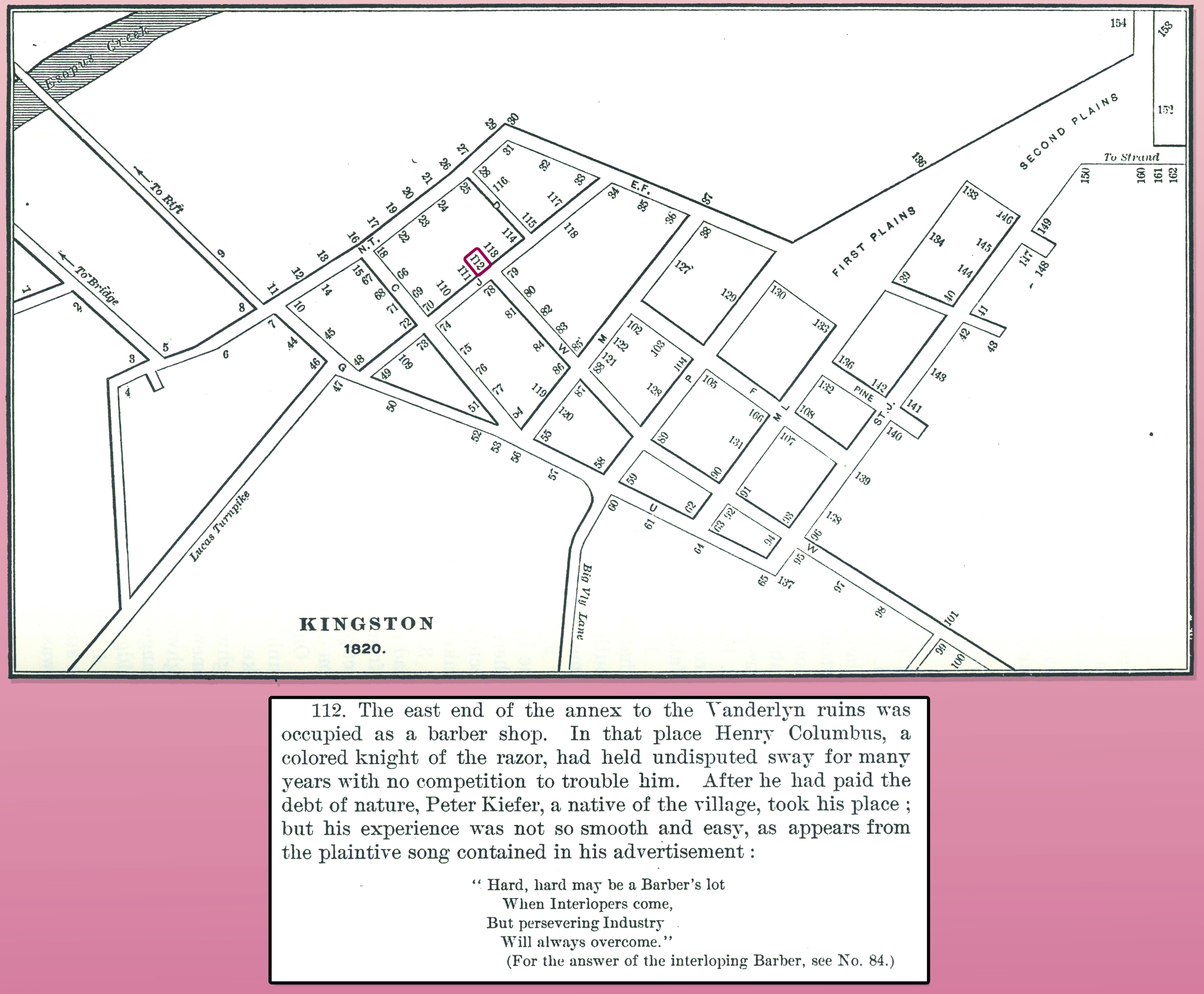
Marius Schoonmaker's History of Kingston New York from its Early Settlement to the Year 1820 was published in 1880 and is one of the definitive Kingston history books. In it, Schoonmaker references Henry Columbus as a prominent Barber of the village. Schoonmaker calls him a “Knight of the razor”, a popular term for acclaimed hairdressers of this era. Schoonmaker (1811-1894) was a US. Representative to Congress from New York who owned the building now known as the “Senate House” through his wife (a descendent of the Van Gaasbeeks).
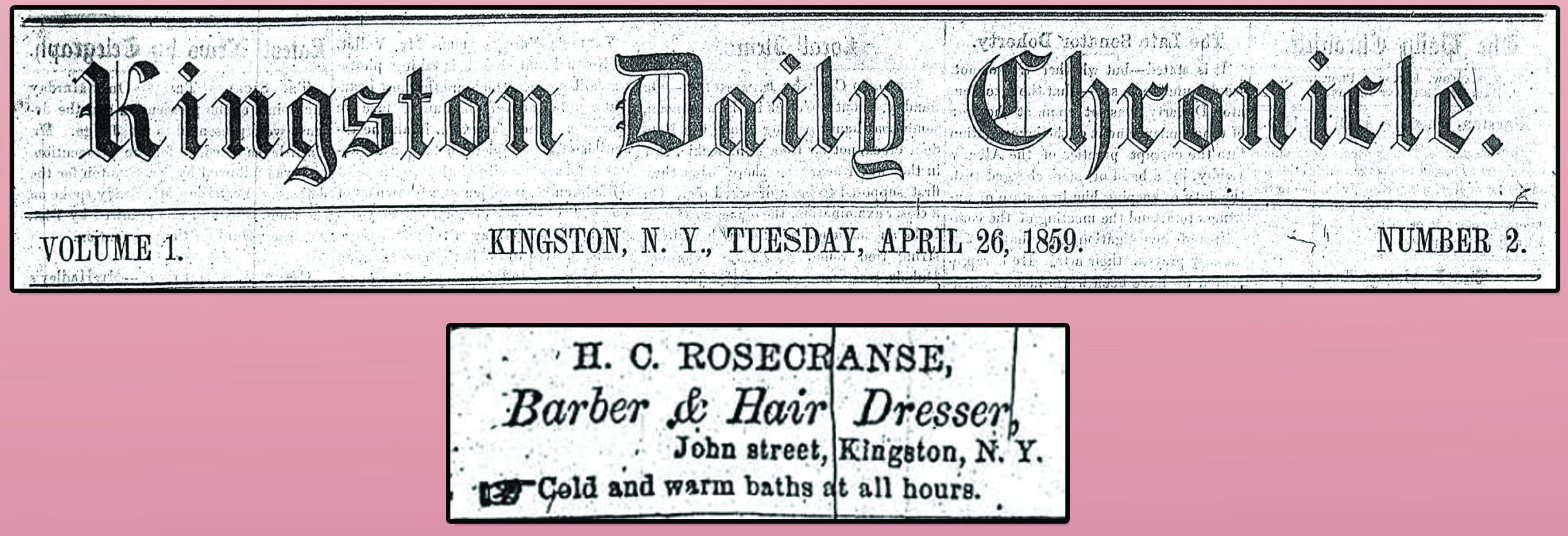
Around the year 1847, Henry Rosecranse Jr. moved his shop from Crown Street to the corner of John and Wall Streets, almost the exact location where his uncle ran his barber shop a generation prior. This advertisement from the Kingston Daily Chronicle in 1859 shows H.C. Rosecranse as a Barber & Hair Dresser located on John Street in Kingston. The ad notes Mr. Rosecranse offers “Cold and warm baths at all hours.”
This ad found in the Kingston, NY People’s Press, shows Henry C. Rosecranse offered more than haircuts at his establishment. We see here Rosecranse selling items such as the “Celebrated Pain Extracter,” which allegedly helped heal scar tissue, cure fever sores and sore throats, pains in the back, spinal afflictions, and more. We also see toiletries for sale such as razors, tooth brushes, hair oil, and even a shampoo said to cleanse the scalp of disease and eradicate dandruff.

This Ulster County Census of 1855 shows Henry C. “Rosacrance” at the age of 44. Mentioned are his wife Harriet and his three children: Eliza (21 years old), Margaret (20 years old), and Mary (16 years old) who all bear the last name of “Smith.” Also of note is that he is marked down as a person 21 and over who can’t read or write along with his wife and eldest daughter. This is the oldest census held in the Ulster County Archives. You can find databases of the 1905 and 1915 censuses online along with the 1917 City of Kingston census here.
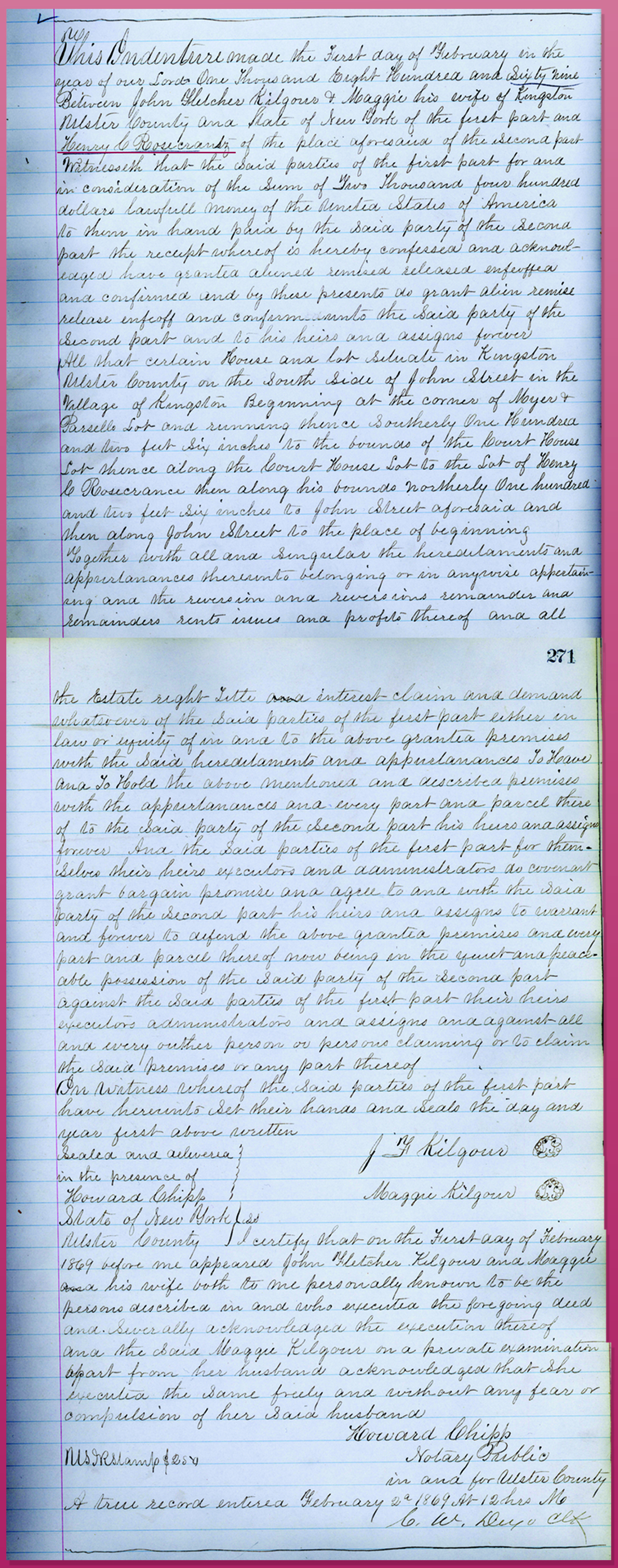
Apart from playing baseball and filling the role of local barber, Henry Rosecranse Jr. was also involved in real estate. This deed from 1869 shows Henry buying property from John Fletcher Kilgour and his wife, Maggie. This deed gave Henry Rosecranse Jr. the land that his Barber Shop was situated on, giving him full ownership of the land on the corner of John and Wall Street.
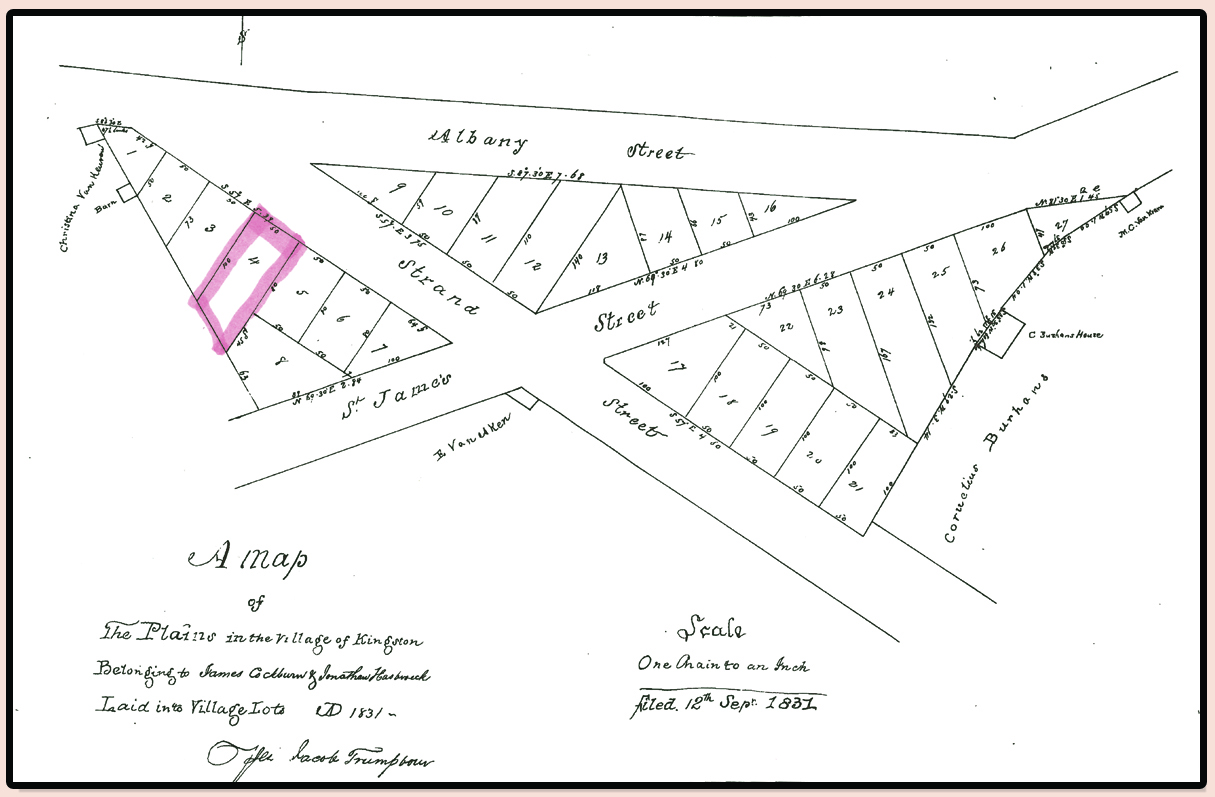
This lot map map shows the Village of Kingston as drawn by Jacob Trumpbor and divided into twenty-seven lots. Lot #4 would become the property of Henry Rosecranse from a deed dated June 18th, 1838. This was likely the first parcel of land purchased by Henry.
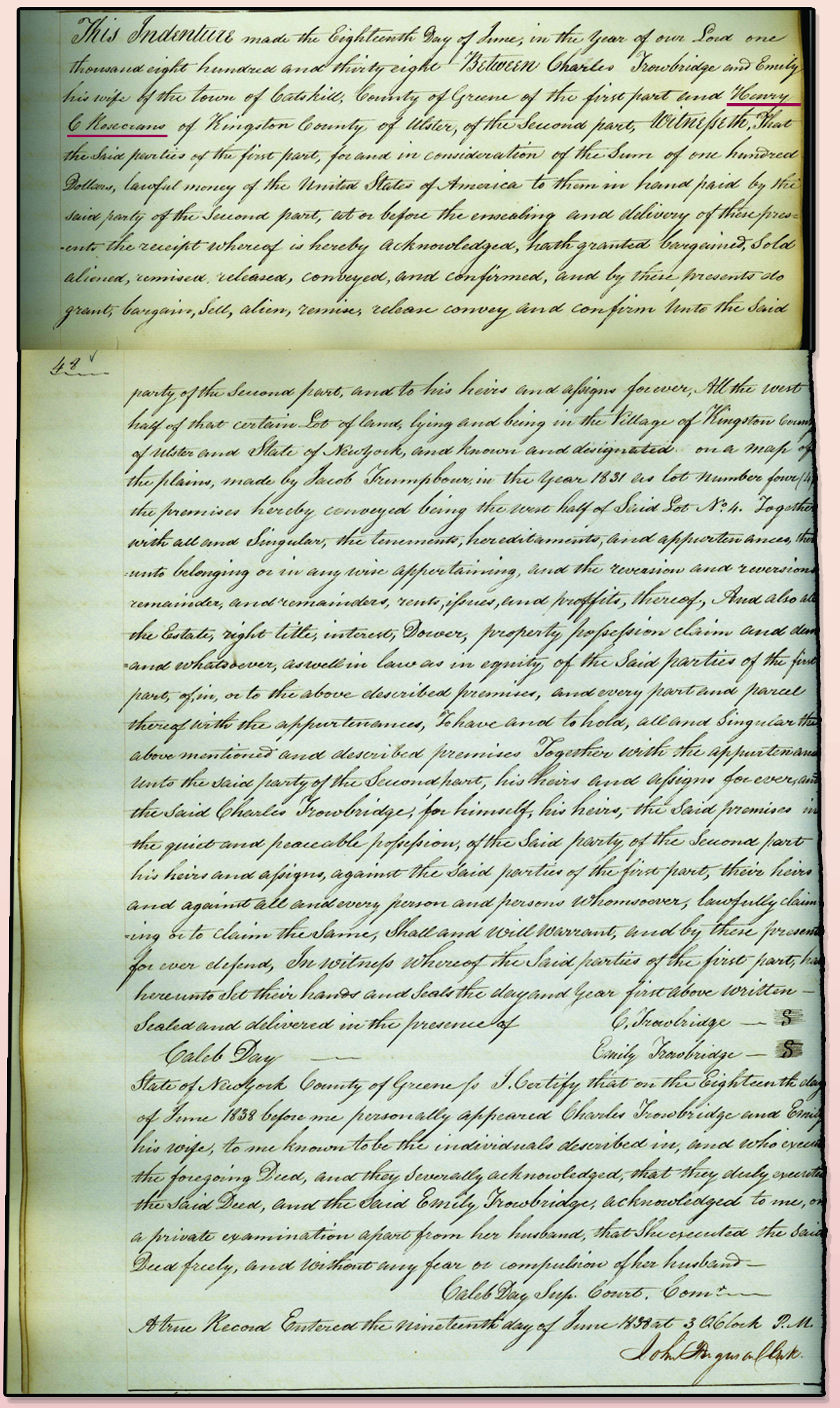
This deed from 1838 shows Henry Rosecranse purchasing the lot from the previous slide. The property (Lot #4) was located on what is now Broadway, near St. James Street and Albany Avenue. This deed shows a former enslaved person purchasing property in Kingston just 11 years after the abolition of slavery, which occured in New York State in 1827.
From the Kingston, NY People’s Press, this newspaper ad shows Henry C. Rosekranse (note the different spellings of "Rosecranse" throughout these documents) selling the two-story house between Albany Avenue and St. James Street in Kingston, referenced in the previous slides.

This directory from 1873 lists Henry as a “hair-dresser” at the location of John and Wall Streets. A directory was the precursor to a phone book and provided names and addresses for those listed including residential and business listings.

Nathaniel Sylvester (1825-1894), the author of A History of Ulster County, New York interviewed Rosecranse in the 1880’s. In particular, we hear about Henry’s Americana collection including old textbooks, currency, and other ephemera. We are also told of a fiddle said to have been played by Rip Van Winkle, the Catskill Mountain folk hero created by author Washington Irving.
